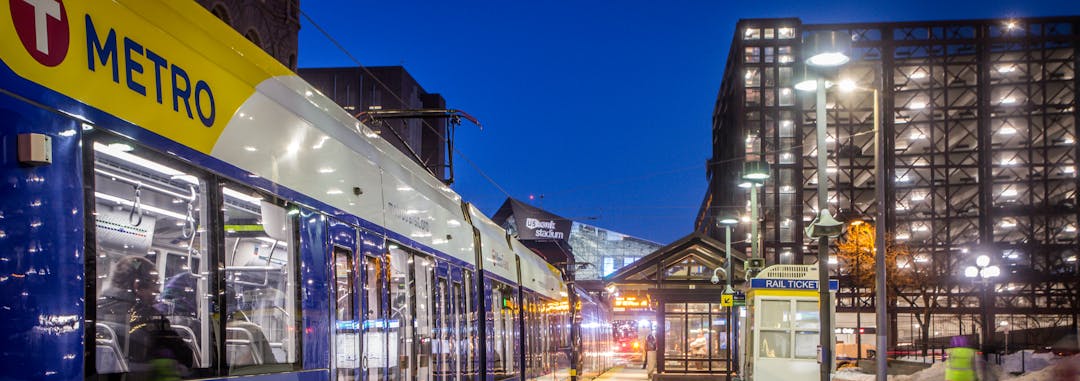About

The Blue Line Extension has been in planning for many years. In late 2020, project partners announced a new direction that would serve even more people and destinations, while maintaining as much of a previously-explored route as possible.
Project partners are working closely with community partners and other stakeholders to advance the project and plan for community and economic development near station areas. And this will work continue for the next few years.
This website supplements the project website managed by the Metropolitan Council. YourBlueLine.org is a place for people like you to learn about past engagement work and offer your voice – including to discuss potential project policies and share feedback on how this project will shape the various communities along the Blue Line Extension corridor.
This is your Blue Line. Welcome.
Project principles
In December of 2020, elected leaders and project stakeholders adopted a set of principles to guide project work moving forward.
Alignment principles
1) Meet Federal Transit Administration New Starts criteria
- Maintain BLRT Purpose and Need
- Maintain mode
- Minimize travel time
- Maximize ridership
- Maximize community and economic development
- Maximize project rating
- When appropriate, pursue opportunities to serve even more people and destinations, especially areas with lower rates of car ownership/vehicular access and those with mobility challenges
2) Maintain existing alignment as much as possible
- Maintain existing termini: Target Field Station in Minneapolis and Oak Grove Station in Brooklyn Park
- Serve the existing corridor cities of Brooklyn Park, Crystal, Robbinsdale, Golden Valley, Minneapolis, and their major destinations
3) Mitigate negative impacts
- Complement existing and planned METRO transitways
- Minimize residential, commercial and environmental impacts
- Support safety and connections prioritizing people walking, biking, and rolling
- Maximize carbon pollution reduction
Engagement principles
4) Meaningfully engage stakeholders
- Honor and build on previous robust community engagement
- Tailor engagement practices to meet the needs of the individual communities in the corridor
5) Engage, inform, and consult diverse communities to co-create project solutions that reduce disparities
- Ensure corridor communities of all races, ethnicities, incomes and abilities are engaged so all communities and corridor cities share in growth opportunities, with an emphasis on low-income and cultural communities
- Use community goals, priorities, and criteria for growth to inform decision-making
- Adjust strategies and approach as needed to ensure corridor communities are fully represented in engagement efforts

Thank you for your contribution!
Help us reach out to more people in the community
Share this with family and friends